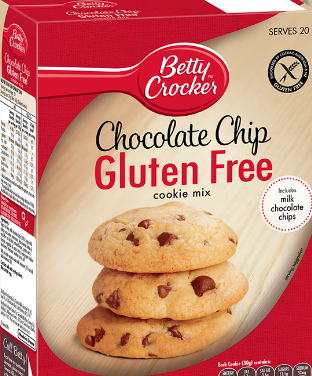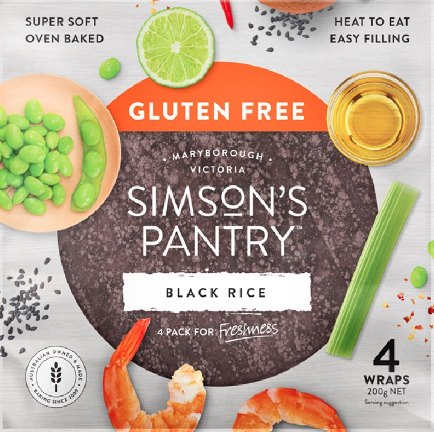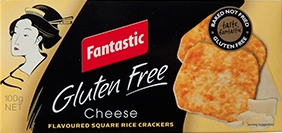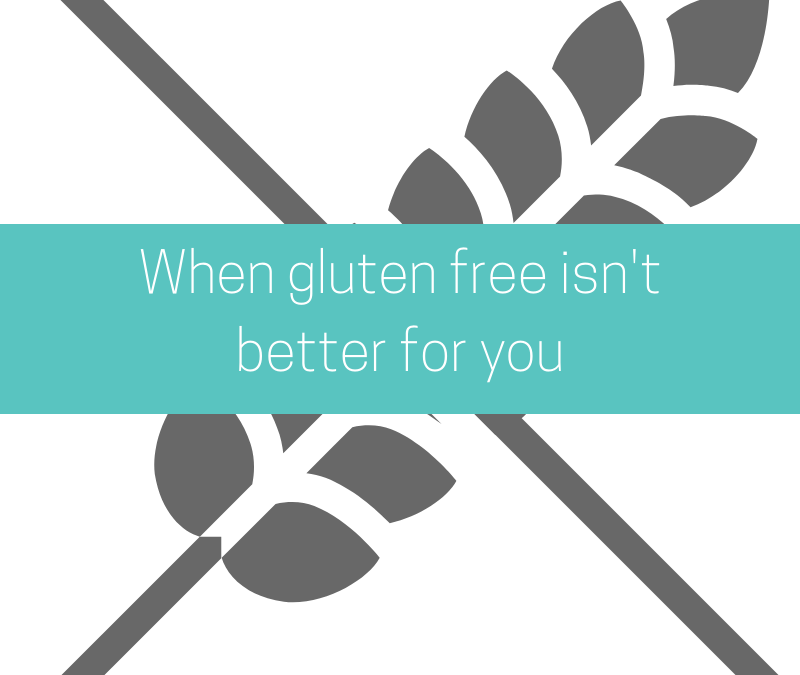The demand for gluten free products originally stemmed from a medical need. Now gluten free has become a lifestyle choice for many. As a result, there has been explosive growth in the gluten free food market in recent years.
The gluten free diet has become a trend and a marketing angle for the last decade.
It is important to understand the size of the gluten free retail market and how fast it has grown. In 2011 it was $1.7bn to $3.5bn in 2016 and is forecast to grow to $4.7bn in 2020 (according to Euromonitor, the consumer data group).
From a manufacturers perspective they see a massive opportunity here! Sales in this category are increasing at astonishing rates and they want a slice of the pie. The trend is impressive. It is also driven by marketing efforts. I have seen many examples of manufacturers jumping on the bandwagon. Gluten free labels slapped on products that didn’t contain any gluten in the first place. Typical examples of these are your stocks and soups.
Those that need gluten free products are very sick and aiming to restore their health. They are being taken advantage of. Not all gluten free products are equal.
Just because a product is gluten free doesn’t mean that the product is healthy. It can still have a concoction of additives added to it.
Manufacturers are preying on unsuspecting consumers. They are creating gluten free products made with cheap grain fillers such as corn and rice. These are usually high in sugar, unhealthy fillers and additives. Yet, because they are gluten free, they can slap a higher price tag on the product. Win win for the manufacturer! Create a cheap product and earn a bigger profit margin.
Now obviously there are some great gluten free manufacturers out there. I am only bringing your attention to a trend that I am noticing as I review products daily.
I would love to show you some examples:
Bettie Crocker Cookie Mix – Gluten Free (Coles)
Ingredients
Sugar, rice flour, milk chocolate chips (sugar, milk solids, cocoa butter, cocao mass, whey powder, butter oil, emulsifier (soy lecithin), natural flavour), potato starch, dextrose, vegetable oil, sodium bicarbonate, starch, xanthan gum, salt.

Let’s look at another example:
Simons Pantry Black Rice Gluten Free Wraps
Ingredients
Water, black rice flour, thickeners (1442, 1450,464) Buckwheat flour, rice flour, canola oil, dried potato, sugar fibre, pea protein, sugar, natural flavour, stabilisers (415, 412), iodised salt, inulin, sodium bicarbonate, acidity regulator 297, cultured dextrose.

Let’s look at one more typical example. One that I see all the time. Coeliacs buying rice crackers labelled gluten free yet completely laden with additives. Not understanding the impact these additives can have on their body. A body that is already suffering.
Fantastic Gluten Free Crackers Cheese

Ingredients
Rice (68%), Seasoning powder (Cheese powder (Cheese solids (contains milk, salt, culture, enzymes), soy, milk solids, acidity regulators (sodium orthophosphate, sodium citrate, lactic acid, citric acid), HVP, Yeast extract, Colour, Anti Caking agent (551), sugar, whey powder, salt, maltodextrin, tomato powder, yeast extract, onion powder, garlic powder, colour, citric acid, vegetable oil (Soy antioxidants), Modified Tapioca Starch (1422).
Immediately you can see that these aren’t going to be a great option for you. The ingredient list doesn’t represent products I would have in my pantry at home.
How many ingredients in this list do you have in your pantry at home?
There are plenty of great gluten free crackers on the market. Crackers that aren’t heavily flavoured and laced with additives. The additives in these crackers discussed above could cause the following symptoms:
– allergic and hyper sensitive reactions
– eczema, dermatitis, itching, hives, rash
– gastrointestinal ailments
– dizzinesss, headaches, hear palpitations, irritability
– migraine, nausea,
– restlessness
Gluten free products have a reputation for being devoid of taste. If you are buying gluten free products that are using cheap fillers, yes they will be. When you read the ingredient list you will see they are high in sugar, flavours and colours. It isn’t worth spending your hard earned money on these products.
Instead, find gluten free manufacturers that do care about your health. Manufacturers that put your health before their profits.
Manufacturers that are using great quality, nutritious whole foods that are gluten free. Reward these manufacturers and support them by voting with your dollar.
Just because a product is gluten free it does not mean that it is healthier for you.
Always make sure you turn the packet over and read the ingredient list.
In my experience, gluten free products are some of the most additive laden products on the supermarket shelves.
Have you experienced this also? Share with us what you have found.
Would you like to receive support direct to your inbox?

Come and join us with thousands of other parents on their additive free journey. Find out all the latest news, product reviews, giveaways and more delivered straight to your inbox.


 My passion and mission is to work with families to reduce the overwhelm when going additive free. Moving to additive free living can bring back peace, calm and joy to families. I know it's possible and I've experienced it first hand with my 5 boys.
My passion and mission is to work with families to reduce the overwhelm when going additive free. Moving to additive free living can bring back peace, calm and joy to families. I know it's possible and I've experienced it first hand with my 5 boys.




Thank you for this! My 8 yo and I are ceoliacs and have noticed the same thing! It is very difficult as she is too young to understand. We are newish to gf and would really love some tips on good manufacturers who are still priced for a family of five on one income and no benefits. Do you have any suggestions?!
Hi Nicole
Thank you for your comment. It is tough. The best tip that I can give to you is that if you don’t recognise the ingredient as something that you would cook with yourself, put it back on the shelf. So many ingredients are made to sound natural. We need to go back to basics and cook like our grandparents used to x
This is so true. I avoid MSG, Yeast extract. general e numbers and sulphites like the plague. It’s a minefield! Great article 🙂
Thanks for your comment Amanda x